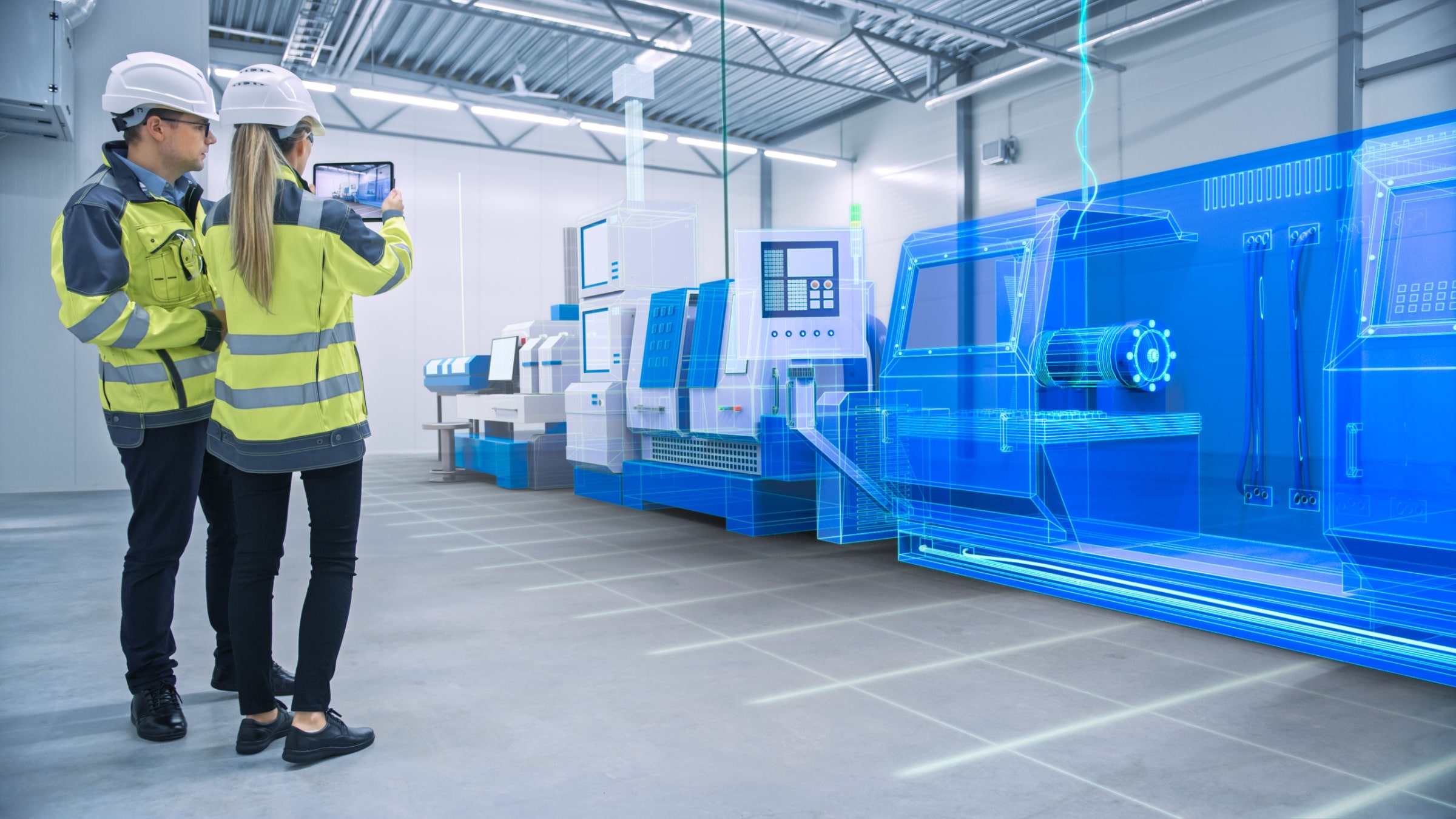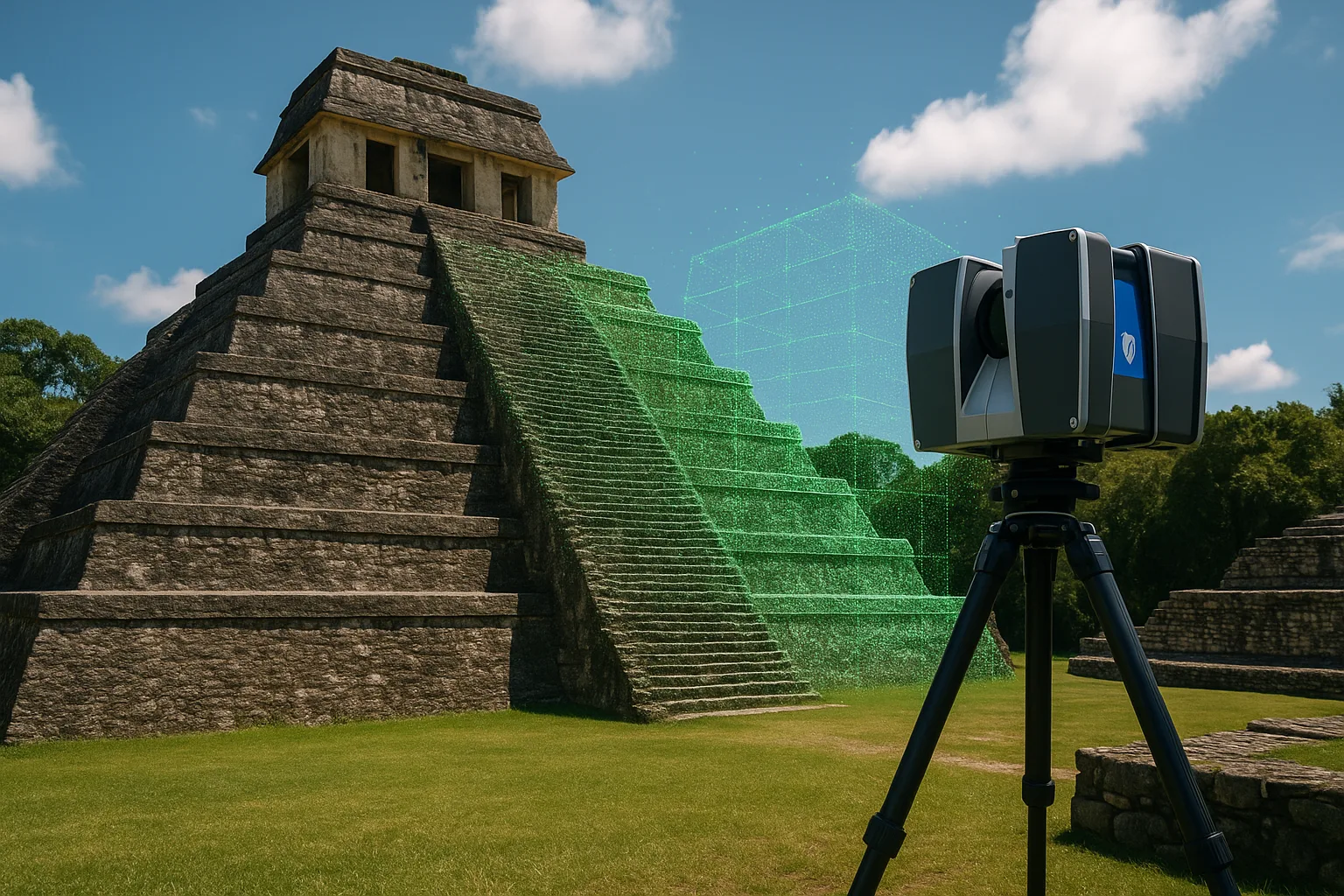Scan to BIM: The New Frontier in Architectural and Engineering Precision
In the world of architecture and engineering, the Scan to BIM process has emerged as a revolutionary innovation. This approach combines advanced laser scanning technology with Building Information Modeling (BIM), offering unprecedented accuracy in the design and construction of structures.
What is Scan to BIM?
The journey begins with laser scanning, where high-precision devices are used to capture detailed three-dimensional data of an existing building. This data is consolidated into a point cloud, a precise digital representation of the building’s surface. Accuracy in data capture is crucial, as each point must perfectly align with the reality of the built environment.
Once the point cloud is generated, the BIM model is created. This digital model is then verified and validated to ensure its accuracy. Comparing the model with the scan data allows for the correction of any discrepancies, thus ensuring the precision of the final model.
Benefits of Scan to BIM
Implementing Scan to BIM offers several key advantages:
Enhanced Accuracy: Laser scanning allows for the creation of models that accurately reflect the dimensions and characteristics of existing structures. This precision is essential for the proper execution of renovation and restoration projects.
Improved Decision-Making: Accurate digital models facilitate informed decision-making during design and construction, which can lead to optimization in both the process and final outcomes.
Error Reduction: With precise data from the start, errors during later project phases are minimized. This not only reduces costs but also shortens construction times.
Facilitated Coordination: In complex projects, BIM models improve coordination between different disciplines. This integration is crucial for the success of the project, especially when multiple teams are working together.
Sources of Error and Control
Precision in laser scanning for BIM is maintained through several key practices:
Laser Scanner Capabilities: The precision of the scanner is fundamental, typically ranging from ±1 mm to 10 m. Selecting suitable equipment is crucial for obtaining accurate data.
You Might Be Interested: As-Built: The Importance of Accuracy in Creating Digital Twins
Proper Field Captures: The quality of data capture is essential. Poorly executed scanning can introduce significant errors, so it’s vital to perform captures carefully and use high-quality processing software to adjust the data.
Registration Failures: Correctly aligning data from different locations is crucial to avoid errors in the final model. Verification techniques ensure that scans are properly combined.
Propagation Error: This error refers to the accumulation of errors as multiple scans are combined. Minimizing the number of steps between scans and maintaining rigorous control over each one helps reduce this risk.
Scan to BIM is redefining architecture and engineering by integrating advanced technologies with digital modeling methodologies. This approach not only enhances accuracy and efficiency but also propels the industry towards a more digital and data-driven future. By adopting Scan to BIM, new standards in architectural and engineering precision are established, transforming the way we conceive, design, and construct our structures.
JOIN THE NEW REALITY!



